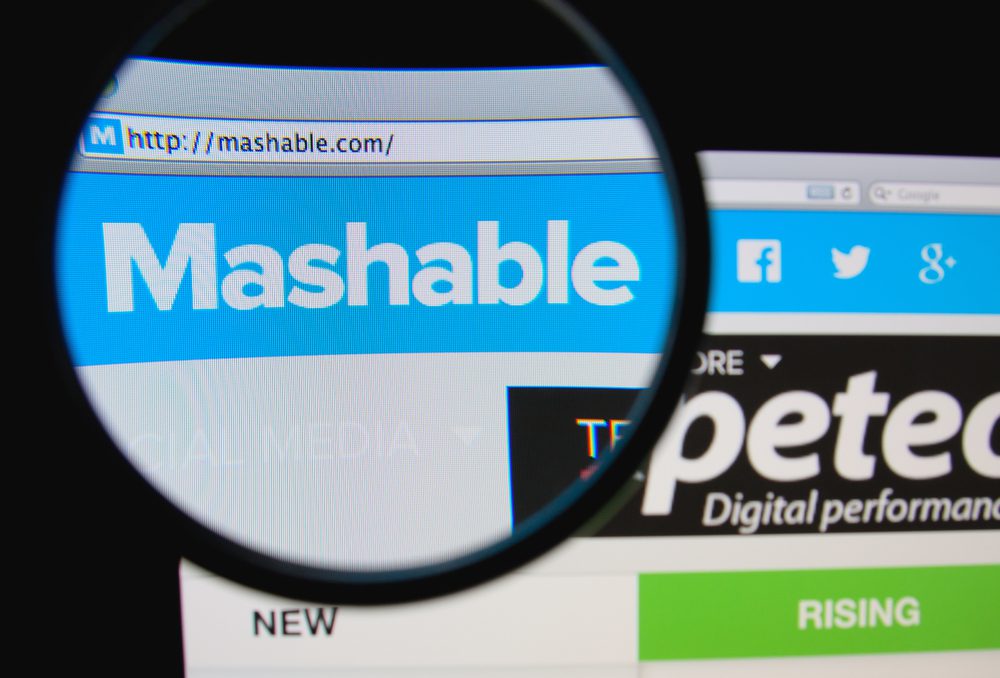In this series of posts from Reportlinker, we review the latest TV biz news, with one big statistic per news item. All you need to know!
Back in the old days, all you needed to watch the latest programmes was a television set. But now, with the internet, smartphones and new channels, there’s a whole new range of content and alternative methods of viewing. Let’s examine the future of TV programming by numbers.

29 million: The number of new videos uploaded to YouTube in March, according to video tracking firm Tubular Labs. These videos were created by 7 million different individuals or groups and have been viewed 50 billion times. These content creators range from do-it yourselfers to large media companies and digital studios. YouTube channel Vice Media, for example, has 30 shows in production with an additional 100 in development. Some YouTube sensations have branched out from the site, releasing DVDs, books and games, among other products. In addition, digital companies are hoping to create partnership deals between online content and traditional television broadcasters. Source: The Guardian

8 billion: The number of videos viewed on Snapchat daily, according to the video messaging site, with the number of daily users between 100 million and 200 million. Snapchat is positioning itself as a digital media company with great pull for advertisers, especially those keen to reach a younger audience. Recently, it launched “stories,” a feature which enables users to create short videos. Like all Snapchat content, stories disappear within 24 hours of viewing. This creates immediacy and brings users back often for more content. Less than half of all Snapchat users are content creators. Source: Inc.
800: The number of the hours of content that will be featured with the debut of Fullscreen’s video service. The aim of the MCN’s own service is to compete against YouTube, Hulu, Netflix and others, with ad-free original content. It has partnered with AT&T, which gives it a potential audience of more than 100 million. Many of Fullscreen’s 75,000 content creators also have videos on YouTube, where they generate 5 billion views per month. Unlike other digital content sites, Fullscreen is tailored to a 13-to-30-year-old demographic. According to Fullscreen, this demographic isn’t interested in paying for television. Subscriptions will be $4.99 per month. Source: Variety
47%: The amount of media time dominated by digital. This number is expected to grow as advertisers become more comfortable with online media. Most traditional television networks saw viewership numbers drop by double digits from the 2010-2011 season to the 2015-2016 season, whereas digital content networks grew. Netflix, for example, increased 650%. It is currently the fifth-largest video content provider in the United States and is expected to be the second largest this time next year. Source: Redef

$15 million: The investment Mashable received from investor Turner Broadcasting System. In exchange for the investment, Mashable will produce content for the Turner, TBS and TNT websites. The new content means Mashable will be shifting from a news website to a digital culture website. This change comes at the cost of several employees who will be replaced in coming weeks. Source: Talking New Media




